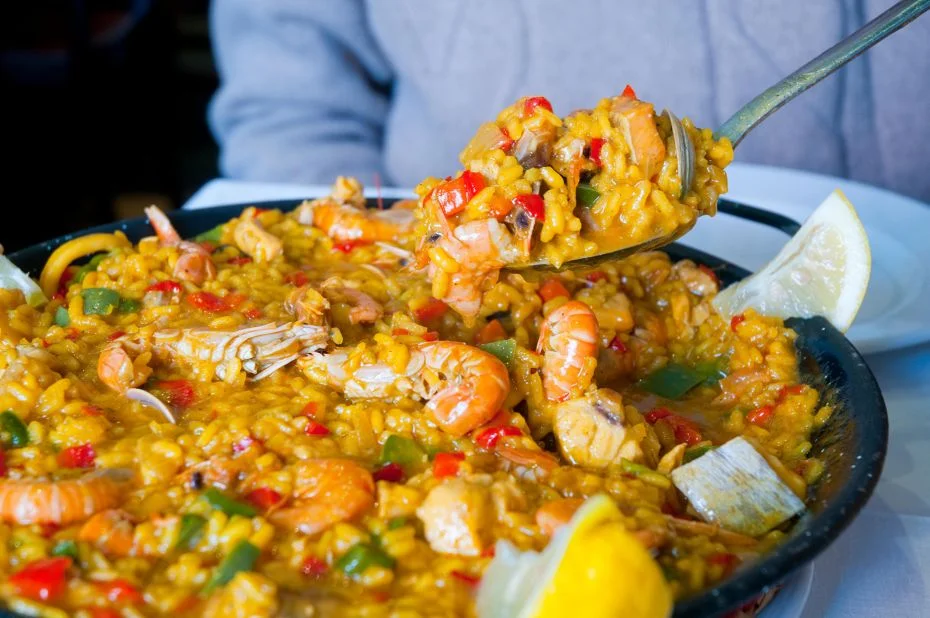Take Me to The Recipes!
Spain, a country known for its vibrant culture, passionate people, and rich history, has a culinary scene that reflects its diversity and regional influences. From the sun-drenched coasts to the mountainous landscapes, Authentic Spanish Food is a celebration of flavors, colors, and traditions.
Embark on a culinary odyssey through the heart of Spain, where vibrant culture, passionate people, and a rich history converge to create an extraordinary tapestry of flavors, colors, and traditions. From the sun-drenched coasts to the mountainous landscapes, Authentic Spanish Food is a celebration that encapsulates the diversity of this gastronomic haven.
Take Me to The Recipes!
Where is Spain?


Index of Contents
- Take Me to The Recipes!
- More Articles
- Spain’s History and Its Influence on Spanish Cuisine
- How Spain’s Climate and Geography Influence Spanish Cuisine
- Understanding the Essence of Spanish Cuisine
- Spanish Culinary Traditions
- Health Implications of Spanish Cuisine
- Spanish National Dish – Paella
- Exploring Spanish Ingredients -The Flavors of-Spanish Cuisine
- Conclusion
- Frequently Asked Questions
You may also Enjoy the Following Articles
- North and South American Cuisine – A Culinary Expedition
- European Cuisine: Savor the Continent’s Best Culinary Secrets!
- African Cuisine: Discover the Bold Flavors & Global Charm!
- Asian Cuisine Unlock its Secrets – Taste, Health & Global Influence!
- Oceania Cooking: A Culinary Journey Through the Pacific
In this article, we invite you to savor iconic dishes that define the essence of Spanish cuisine – Click on each tantalizing picture to open up the Menu
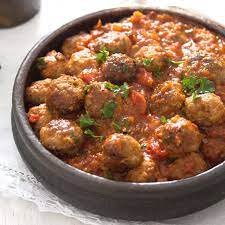
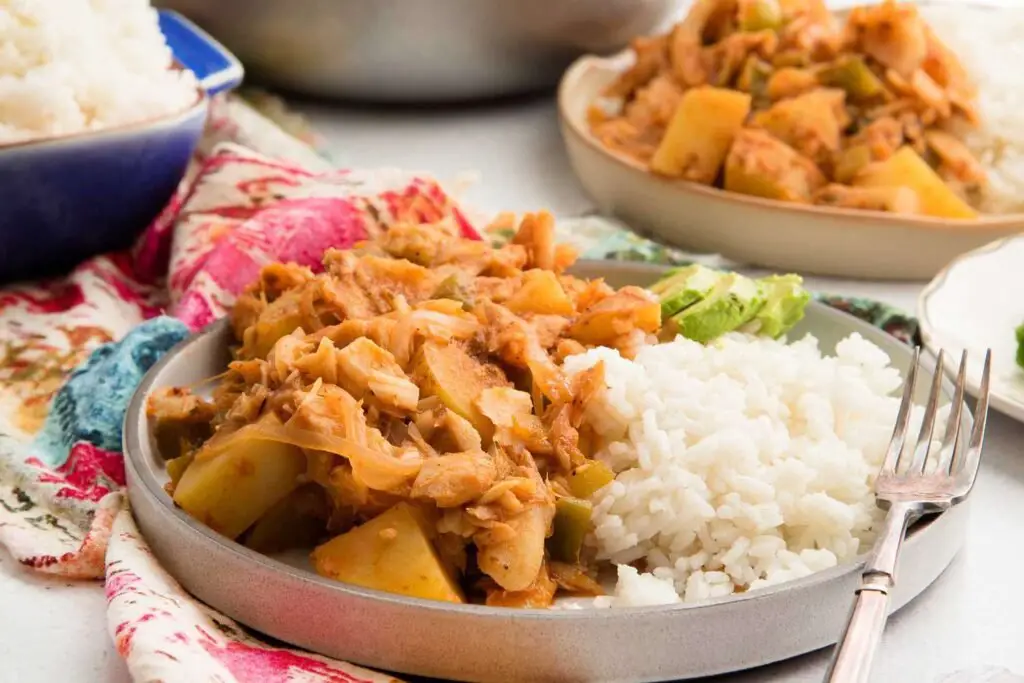
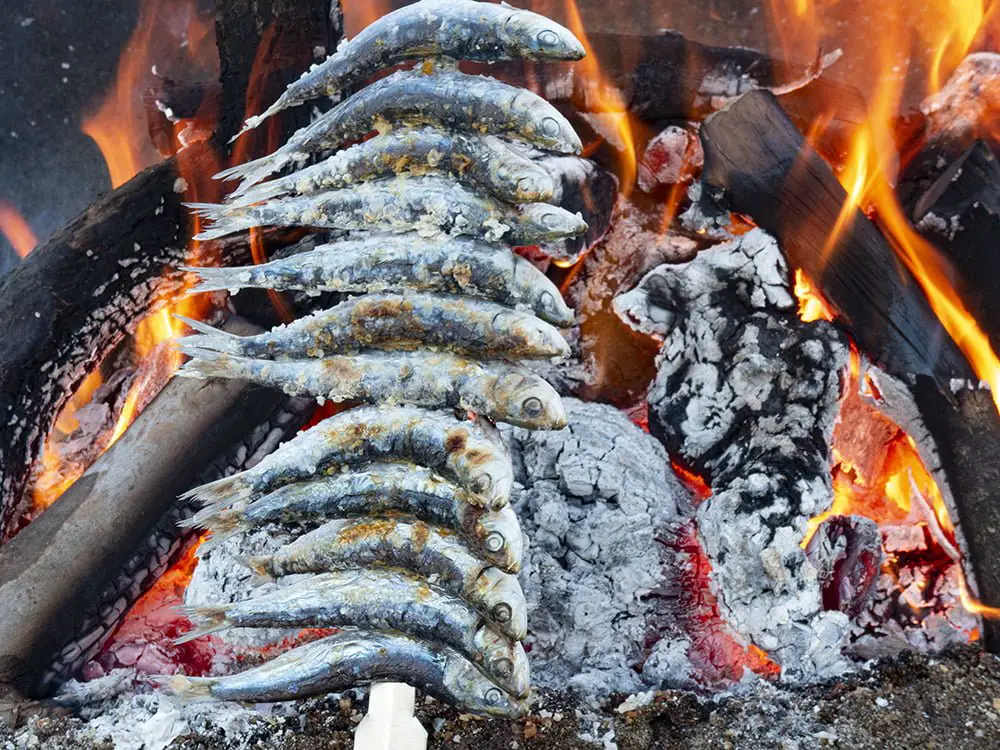
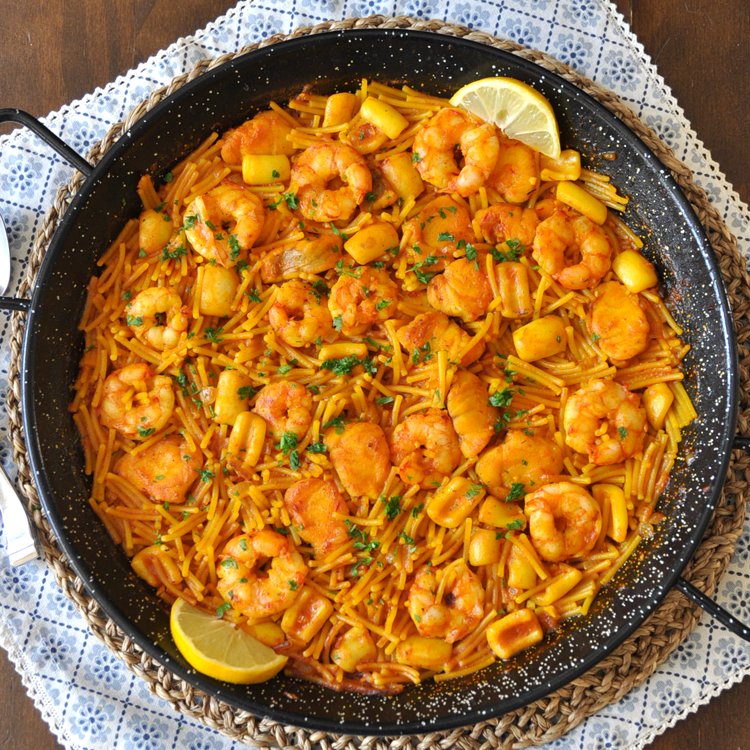

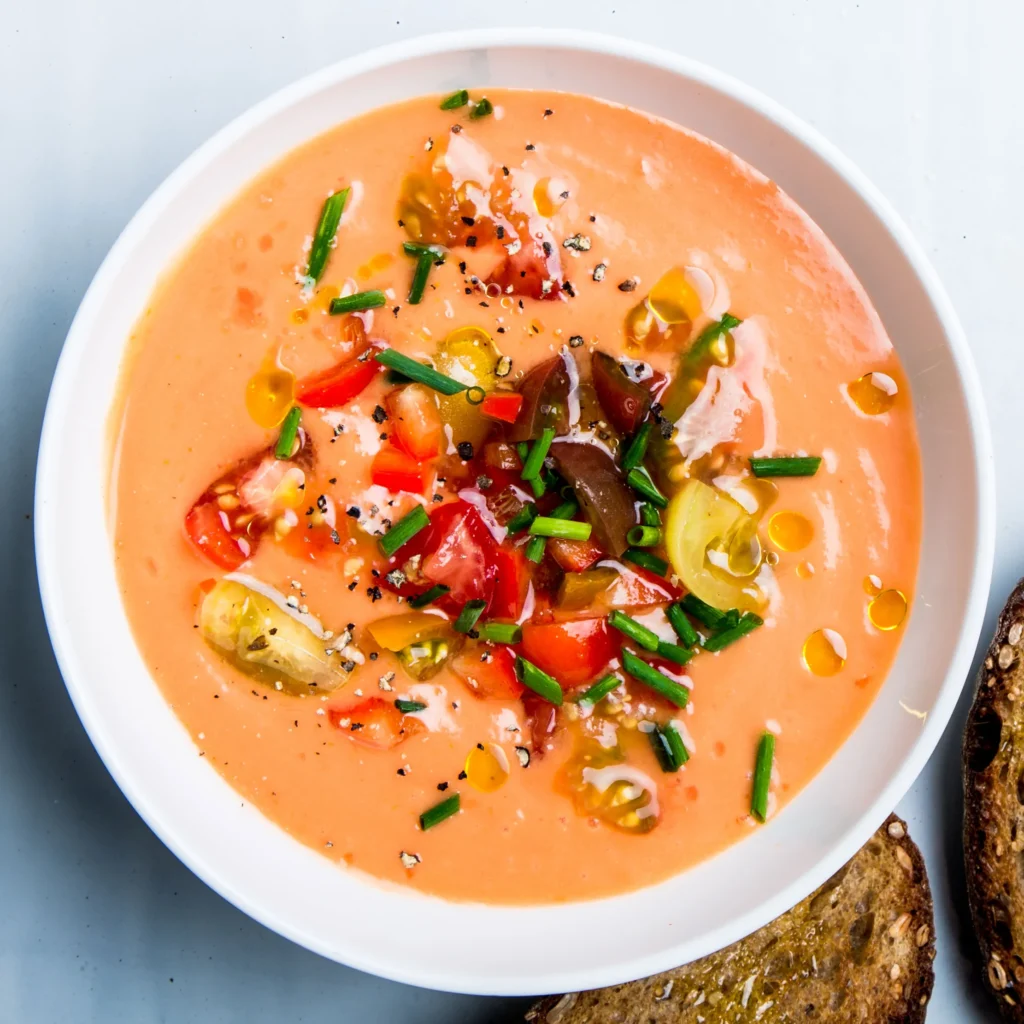
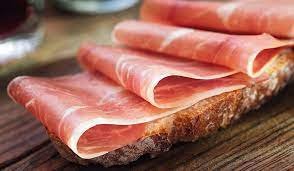
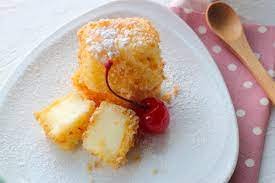
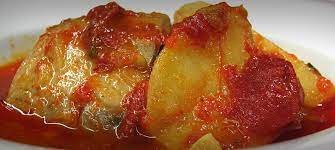
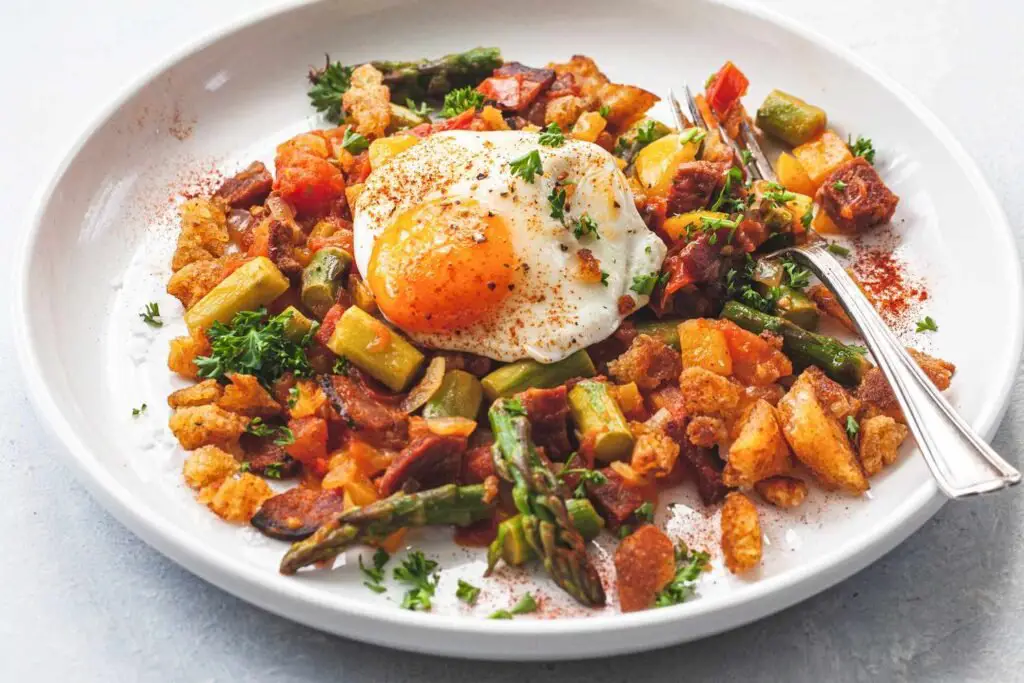
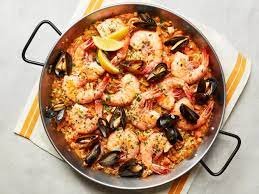
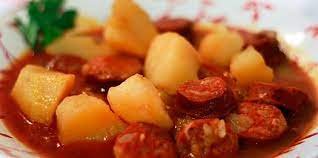
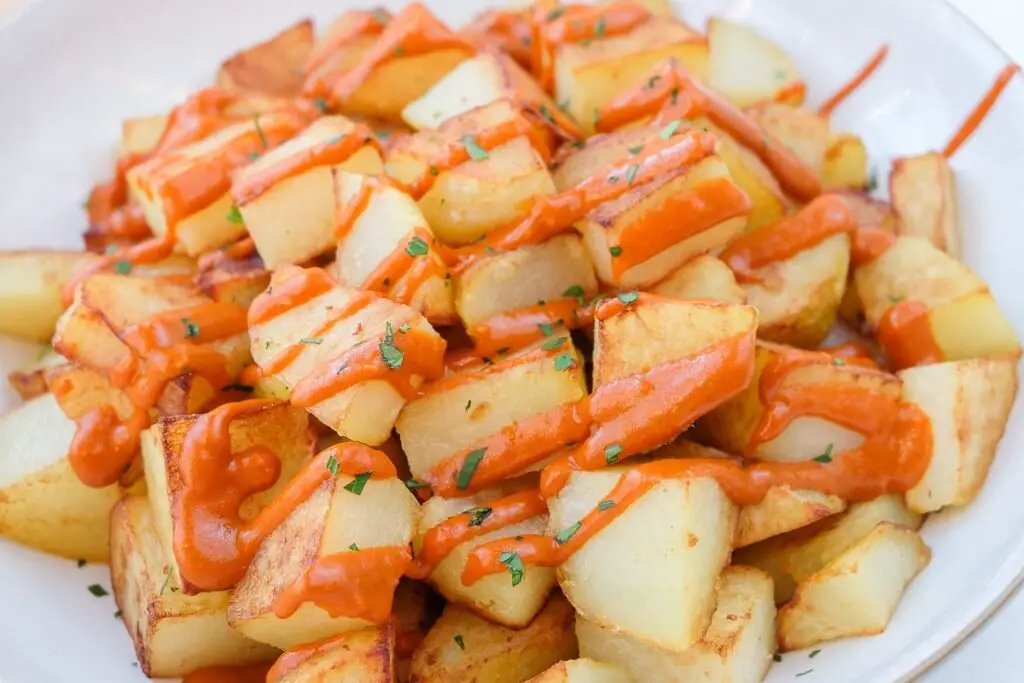
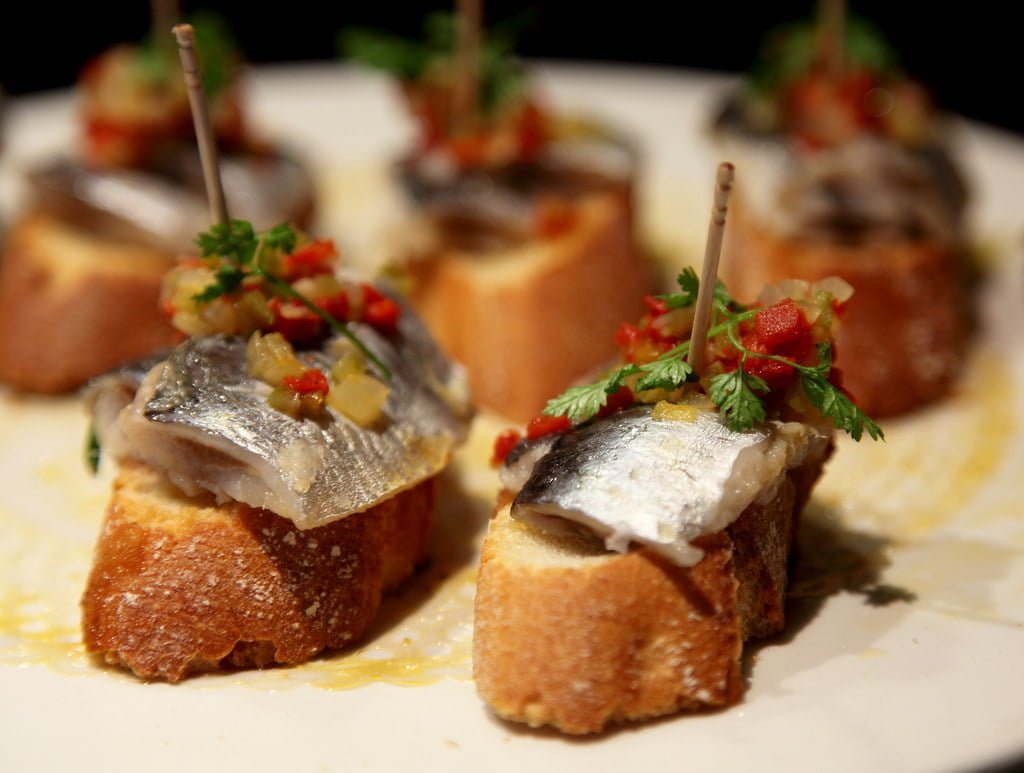

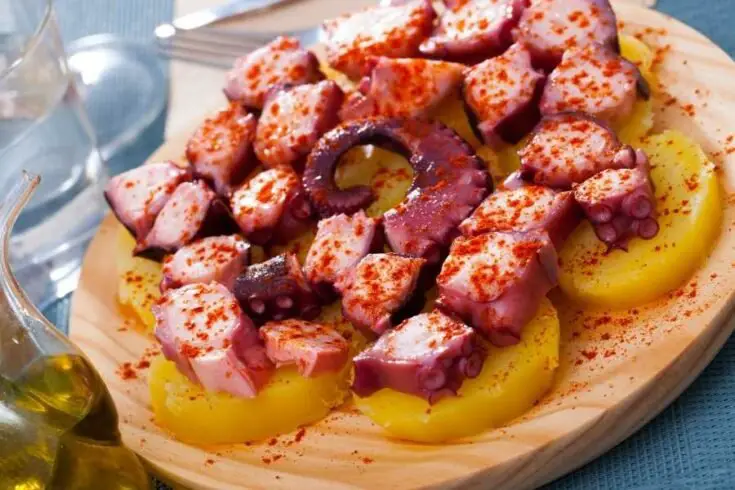
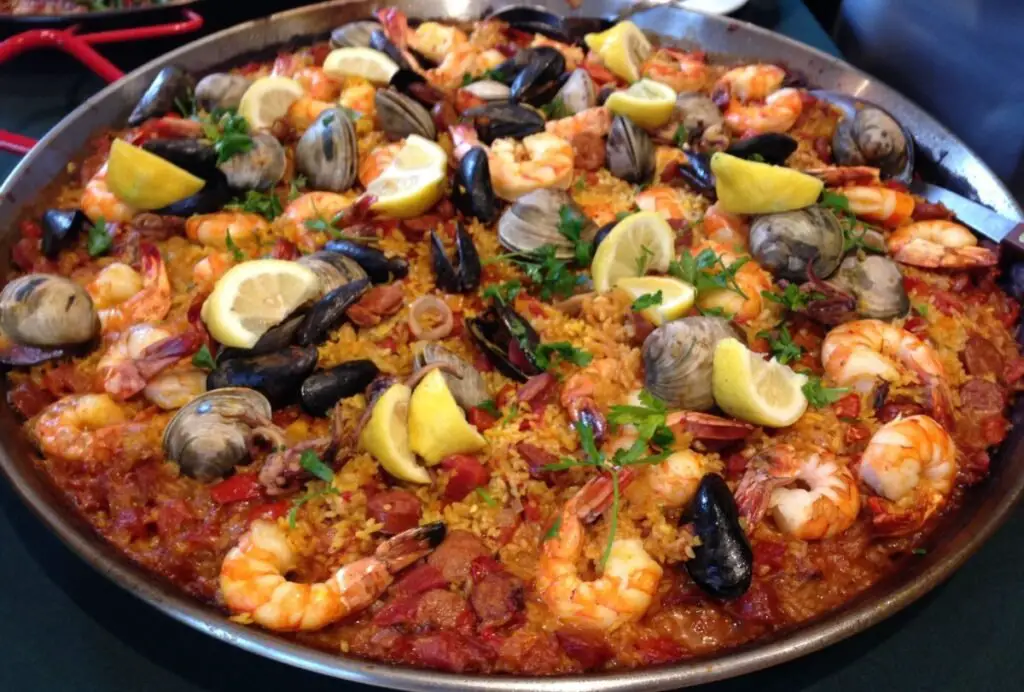
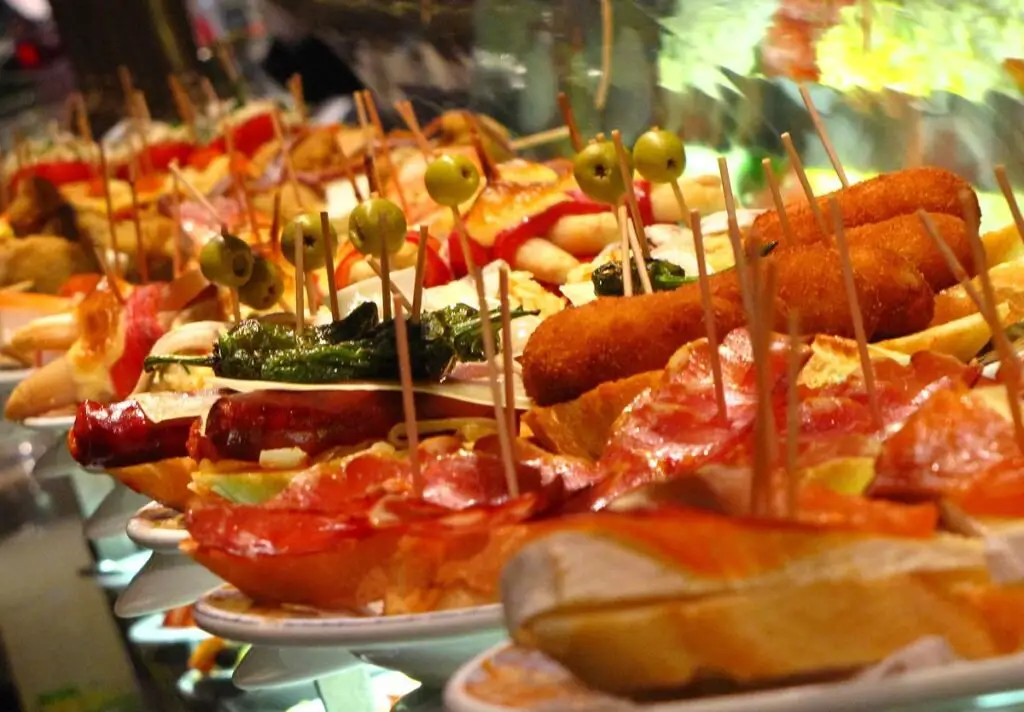
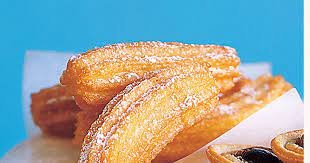

We also look at
- Spain’s History and Its Influence on Spanish Cuisine
- How Spain’s Climate and Geography Influence Spanish Cuisine
- Understanding the Essence of Spanish Cuisine
- Spanish Culinary Traditions
- Health Implications of Spanish Cuisine
- Spanish National Dish – Paella
- Exploring Spanish Ingredients -The Flavors of-Spanish Cuisine
Spanish Food – Tapas

History and Background of Tapas
Tapas are a beloved Spanish culinary tradition rooted in sociability and communal dining. Originating in the Andalusian region, the term “tapas” is believed to have originated from the practice of covering drinks with a small plate or “tapa” to prevent flies from buzzing around.
Over time, these small plates evolved into a diverse array of appetizers, snacks, and dishes, reflecting the rich tapestry of Spain’s regional cuisines. Today, tapas are an integral part of Spanish culture, encouraging people to gather, share, and savor a variety of flavors in a convivial atmosphere.
Ingredients for Tapas
- Assorted olives
- Manchego cheese
- Chorizo slices
- Spanish ham (Jamón Serrano)
- Patatas Bravas (fried potatoes)
- Gambas al Ajillo (garlic shrimp)
- Pan con Tomate (tomato bread)
- Albóndigas (meatballs)
- Piquillo peppers stuffed with cheese
- Marinated artichoke hearts
- Spanish tortilla (potato omelette)
- Olive oil and balsamic vinegar for dipping
Recipe for Tapas
1. Assemble the Tapas Platter
- Ingredients:
- Assorted olives
- Manchego cheese
- Chorizo slices
- Spanish ham (Jamón Serrano)
- Marinated artichoke hearts
- Piquillo peppers stuffed with cheese
- Steps:
- Arrange olives, cheese, chorizo, ham, artichoke hearts, and stuffed peppers on a platter for a vibrant selection.
2. Prepare Hot Tapas
- Ingredients:
- Patatas Bravas (fried potatoes)
- Gambas al Ajillo (garlic shrimp)
- Albóndigas (meatballs)
- Spanish tortilla (potato omelette)
- Steps:
- Fry the potatoes for Patatas Bravas and season with a spicy tomato-based sauce.
- Sauté shrimp with garlic and red pepper flakes for Gambas al Ajillo.
- Cook meatballs (Albóndigas) in a flavorful tomato sauce.
- Prepare a Spanish tortilla by cooking thinly sliced potatoes and onions in an egg mixture.
3. Serve with Bread
- Ingredients:
- Pan con Tomate (tomato bread)
- Olive oil and balsamic vinegar for dipping
- Steps:
- Toast slices of bread and rub them with ripe tomatoes for Pan con Tomate.
- Serve the bread with a side of olive oil and balsamic vinegar for dipping.
Serving Size, Cooking Time, and Nutritional Information
- Serving Size: 4-6 people
- Preparation Time: Approximately 30 minutes
- Cooking Time: Varies depending on the hot tapas selected (approximately 15-30 minutes)
- Calories: The estimated calorie count for one serving of a tapas platter is around 300-400 calories, depending on portion sizes and specific ingredients. (Note: Nutritional information may vary based on ingredients and serving sizes.)
Spanish Food – Pinchos

History and Background of Pinchos
Pinchos, also known as pintxos, trace their origins to the Basque Country in northern Spain. The term “pincho” translates to “spike” or “thorn” in Spanish, referring to the toothpick or skewer that holds together these delightful bite-sized snacks.
Originating in taverns and bars, pinchos have become an iconic part of Spanish gastronomy, especially in the lively streets of cities like San Sebastian.
The tradition involves selecting various small portions of food, often served on bread, creating a diverse and visually appealing array for communal enjoyment.
Ingredients for Pinchos
- Baguette slices
- Chorizo slices
- Manchego cheese cubes
- Spanish olives
- Anchovy fillets
- Roasted red peppers
- Quail eggs
- Cherry tomatoes
- Jamón Serrano (Spanish cured ham)
- Toothpicks or small skewers
Recipe for Pinchos
1. Assemble the Ingredients
- Ingredients:
- Baguette slices
- Chorizo slices
- Manchego cheese cubes
- Spanish olives
- Anchovy fillets
- Roasted red peppers
- Quail eggs
- Cherry tomatoes
- Jamón Serrano
- Steps:
- Lay out all the ingredients for easy assembly.
2. Create Pinchos Varieties
- Ingredients:
- Toothpicks or small skewers
- Steps:
- Skewer or layer the ingredients on baguette slices using toothpicks or small skewers.
- Mix and match ingredients to create various pinchos combinations.
3. Serve and Enjoy
- Ingredients:
- Prepared Pinchos
- Steps:
- Arrange the prepared pinchos on a serving platter.
- Encourage guests to try different combinations and savor the vibrant flavors.
Serving Size, Cooking Time, and Nutritional Information
- Serving Size: 4-6 people
- Preparation Time: Approximately 20 minutes
- Cooking Time: No cooking required; assembly only
- Calories: The estimated calorie count for one serving of pinchos is around 150-200 calories, depending on portion sizes and specific ingredients. (Note: Nutritional information may vary based on ingredients and serving sizes.)
Spanish Food – Sarzuela

History and Background of Zarzuela
Zarzuela is a traditional Spanish seafood stew that originates from the coastal regions of Spain. The dish is named after the Spanish operatic musical genre “zarzuela,” as it symbolizes a harmonious medley of flavors.
With a history deeply intertwined with Spain’s maritime heritage, zarzuela showcases the abundance of fresh seafood from the Mediterranean Sea. This dish is a culinary celebration of Spain’s coastal bounty and rich cultural tapestry.
Ingredients for Zarzuela
- 1 lb mixed seafood (shrimp, mussels, clams, squid)
- 1 onion, finely chopped
- 2 tomatoes, diced
- 3 cloves garlic, minced
- 1 red bell pepper, sliced
- 1/2 cup white wine
- 1/4 cup olive oil
- 2 tablespoons tomato paste
- 1 teaspoon smoked paprika
- 1/2 teaspoon saffron threads (optional)
- Salt and pepper to taste
- Fresh parsley for garnish
Recipe for Zarzuela
1. Prepare the Seafood
- Ingredients:
- 1 lb mixed seafood (shrimp, mussels, clams, squid)
- Steps:
- Clean and devein the shrimp.
- Scrub and debeard the mussels and clams.
- Clean and slice the squid into rings.
2. Sauté Aromatics
- Ingredients:
- 1 onion, finely chopped
- 2 tomatoes, diced
- 3 cloves garlic, minced
- 1 red bell pepper, sliced
- 1/4 cup olive oil
- Steps:
- Heat olive oil in a large pan over medium heat.
- Sauté onions until translucent, then add garlic and cook until fragrant.
- Add diced tomatoes and sliced red bell pepper, cooking until softened.
3. Create the Base
- Ingredients:
- 2 tablespoons tomato paste
- 1 teaspoon smoked paprika
- 1/2 teaspoon saffron threads (optional)
- Salt and pepper to taste
- Steps:
- Stir in tomato paste, smoked paprika, and saffron threads (if using).
- Season with salt and pepper, creating a flavorful base for the stew.
4. Add Seafood and Deglaze
- Ingredients:
- Prepared seafood
- 1/2 cup white wine
- Steps:
- Add the mixed seafood to the pan, coating it in the aromatic mixture.
- Pour in white wine, deglazing the pan and infusing the stew with seafood essence.
5. Simmer and Garnish
- Ingredients:
- Fresh parsley for garnish
- Steps:
- Allow the stew to simmer until the seafood is cooked through and the flavors meld.
- Garnish with fresh parsley before serving.
Serving Size, Cooking Time, and Nutritional Information
- Serving Size: 4 people
- Preparation Time: Approximately 20 minutes
- Cooking Time: Approximately 30 minutes
- Calories: The estimated calorie count for one serving of Zarzuela is around 300-350 calories, depending on the types and quantities of seafood used. (Note: Nutritional information may vary based on specific ingredients and serving sizes.)
Spanish Food – Marmitako

History and Background of Marmitako
Marmitako, a traditional Spanish fisherman’s stew, originates from the Basque Country in northern Spain. Historically prepared by fishermen at sea, Marmitako showcases the region’s reliance on the sea for sustenance.
The dish’s name is derived from “marmita,” a pot used by fishermen to cook their catch. Marmitako typically features tuna, potatoes, peppers, and onions, creating a hearty and flavorful one-pot meal that reflects the maritime heritage of the Basque people.
Ingredients for Marmitako
- 1 lb fresh tuna, cut into chunks
- 4 potatoes, peeled and diced
- 1 onion, finely chopped
- 2 bell peppers (1 red, 1 green), sliced
- 3 cloves garlic, minced
- 1 can (14 oz) diced tomatoes
- 1/2 cup white wine
- 1/4 cup olive oil
- 1 teaspoon paprika
- Salt and pepper to taste
- Fresh parsley for garnish
Recipe for Marmitako
1. Prepare Ingredients
- Ingredients:
- 1 lb fresh tuna, cut into chunks
- 4 potatoes, peeled and diced
- 1 onion, finely chopped
- 2 bell peppers (1 red, 1 green), sliced
- 3 cloves garlic, minced
- Steps:
- Cut the fresh tuna into bite-sized chunks.
- Peel and dice the potatoes.
- Finely chop the onion.
- Slice the bell peppers, using one red and one green for color.
- Mince the garlic cloves.
2. Sauté Aromatics
- Ingredients:
- Prepared onion, bell peppers, and garlic
- 1/4 cup olive oil
- Steps:
- Heat olive oil in a large pot over medium heat.
- Sauté the chopped onion until translucent.
- Add sliced bell peppers and minced garlic, cooking until softened.
3. Add Potatoes and Tuna
- Ingredients:
- Prepared potatoes and tuna chunks
- Steps:
- Add diced potatoes to the pot, stirring to coat in the aromatic mixture.
- Gently place tuna chunks on top of the potatoes.
4. Season and Deglaze
- Ingredients:
- 1 teaspoon paprika
- Salt and pepper to taste
- 1/2 cup white wine
- Steps:
- Sprinkle paprika over the ingredients, season with salt and pepper.
- Pour in white wine to deglaze the pot, enhancing the flavors.
5. Simmer and Garnish
- Ingredients:
- 1 can (14 oz) diced tomatoes
- Fresh parsley for garnish
- Steps:
- Add diced tomatoes, allowing the stew to simmer until the potatoes are tender.
- Garnish with fresh parsley before serving.
Serving Size, Cooking Time, and Nutritional Information
- Serving Size: 4 people
- Preparation Time: Approximately 20 minutes
- Cooking Time: Approximately 30 minutes
- Calories: The estimated calorie count for one serving of Marmitako is around 350-400 calories, depending on the specific types and amounts of ingredients used. (Note: Nutritional information may vary based on ingredients and serving sizes.)
Spanish Food – Pulpo a la gallega

History and Background of Pulpo a la Gallega
Pulpo a la Gallega, or Galician-style octopus, is a beloved dish that hails from the region of Galicia in northwest Spain. Galicia’s rich maritime culture and access to the Atlantic Ocean have heavily influenced its culinary traditions.
Octopus is a staple in Galician cuisine, and Pulpo a la Gallega reflects the simplicity and authenticity of regional dishes. Traditionally served during festivals and gatherings, this dish is a testament to Galicia’s seafaring history and its commitment to showcasing the natural flavors of high-quality seafood.
Ingredients for Pulpo a la Gallega
- 2 lbs octopus, cleaned
- 4 potatoes
- Coarse sea salt
- Smoked paprika
- Extra-virgin olive oil
- Fresh parsley for garnish
Recipe for Pulpo a la Gallega
1. Cook the Octopus
- Ingredients:
- 2 lbs octopus, cleaned
- Coarse sea salt
- Steps:
- Bring a large pot of water to a boil.
- Submerge the octopus in boiling water three times, allowing the tentacles to curl.
- Reduce the heat to a simmer and cook the octopus for about 40-50 minutes or until tender.
- Once cooked, slice the octopus into bite-sized pieces.
2. Boil the Potatoes
- Ingredients:
- 4 potatoes
- Coarse sea salt
- Steps:
- Peel and dice the potatoes.
- Boil the potatoes in salted water until tender.
- Drain and set aside.
3. Assemble Pulpo a la Gallega
- Ingredients:
- Cooked octopus pieces
- Boiled potatoes
- Coarse sea salt
- Smoked paprika
- Extra-virgin olive oil
- Steps:
- Place the boiled potatoes on a serving platter.
- Arrange the sliced octopus over the potatoes.
- Sprinkle coarse sea salt, smoked paprika, and drizzle extra-virgin olive oil over the dish.
4. Garnish and Serve
- Ingredients:
- Fresh parsley for garnish
- Steps:
- Garnish the Pulpo a la Gallega with fresh parsley.
- Serve immediately as a tapa or appetizer.
Serving Size, Cooking Time, and Nutritional Information
- Serving Size: 4 people
- Preparation Time: Approximately 15 minutes
- Cooking Time: Approximately 40-50 minutes
- Calories: The estimated calorie count for one serving of Pulpo a la Gallega is around 200-250 calories, depending on the size and type of octopus used. (Note: Nutritional information may vary based on ingredients and serving sizes.)
Spanish Food – Espetos

History and Background of Espetos
Espetos have deep roots in the culinary traditions of the Andalusian region along the southern coast of Spain. This coastal area, particularly the city of Malaga, is renowned for its fresh seafood and vibrant beach culture.
Espetos are skewers of fresh sardines or other seafood, grilled over an open flame. The simplicity of this dish reflects the Andalusian way of life, where the focus is on enjoying the bounty of the Mediterranean Sea in a relaxed and communal setting, often on the sandy shores.
Ingredients for Espetos
- Fresh sardines or other seafood (shrimp, squid, or octopus)
- Coarse sea salt
- Fresh lemon wedges
- Olive oil for brushing
Recipe for Espetos
1. Prepare the Skewers
- Ingredients:
- Fresh sardines or other seafood
- Coarse sea salt
- Steps:
- Clean and gut the fresh sardines, leaving them whole.
- If using other seafood, clean and prepare them for skewering.
- Thread the seafood onto skewers, ensuring they are secure.
- Sprinkle coarse sea salt over the skewered seafood.
2. Grill the Espetos
- Ingredients:
- Skewered seafood
- Olive oil for brushing
- Steps:
- Preheat a grill or open flame to medium-high heat.
- Place the skewers on the grill, turning them occasionally.
- Brush the skewered seafood with olive oil while grilling.
- Cook until the seafood is golden brown and fully cooked.
3. Serve and Enjoy
- Ingredients:
- Grilled Espetos
- Fresh lemon wedges
- Steps:
- Remove the skewers from the grill.
- Squeeze fresh lemon wedges over the grilled seafood.
- Serve immediately, either as a standalone dish or with a side of crusty bread.
Serving Size, Cooking Time, and Nutritional Information
- Serving Size: 2-3 people
- Preparation Time: Approximately 15 minutes
- Cooking Time: Approximately 10-15 minutes
- Calories: The estimated calorie count for one serving of Espetos is around 150-200 calories, depending on the type and amount of seafood used. (Note: Nutritional information may vary based on ingredients and serving sizes.)
Spanish Food – Paella – The Jewel of Valencian Cuisine
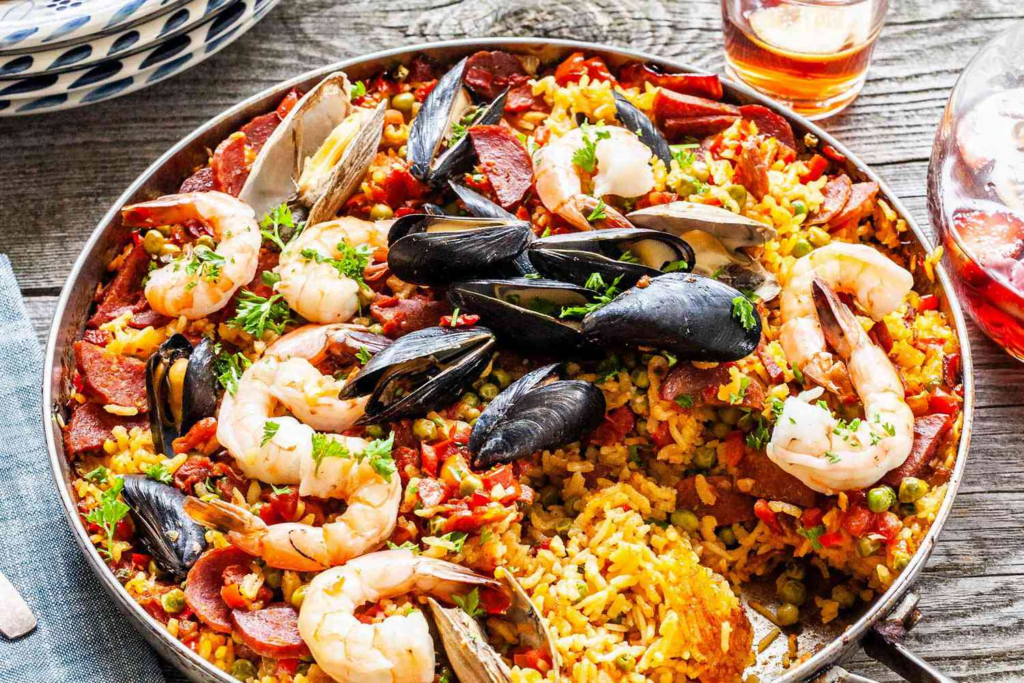
Originating from the picturesque region of Valencia, Paella is an iconic Spanish dish that has captured the hearts and palates of food enthusiasts worldwide. Traditionally cooked over an open flame, Paella showcases the vibrant flavors of saffron-infused rice, rabbit, chicken, and a medley of local vegetables.
Over time, variations have emerged, with seafood paella featuring an array of fresh shellfish, and mixed paella combining both land and sea ingredients.
Spanish Food – Paella – Ingredients
- 2 cups bomba rice
- 4 cups chicken broth
- 1 lb rabbit, cut into pieces
- 1 lb chicken, cut into pieces
- 1/2 cup green beans, chopped
- 1/2 cup lima beans
- 1/2 cup artichoke hearts
- 1 tomato, grated
- 1/2 cup olive oil
- 1 teaspoon saffron threads
- Salt and pepper to taste
Paella – Recipe
- In a paella pan, heat olive oil over medium heat.
- Add rabbit and chicken, browning on all sides.
- Stir in grated tomato, green beans, lima beans, and artichoke hearts.
- Cook for 5 minutes.
- Sprinkle saffron threads over the mixture and add bomba rice.
- Stir to coat the rice with the flavors.
- Pour in chicken broth and bring to a simmer.
- Season with salt and pepper.
- Allow the paella to cook undisturbed for about 20 minutes, or until the rice forms a golden crust on the bottom.
- Remove from heat and let it rest for 5 minutes before serving.
Spanish Food – Patatas Bravas – A Spicy Tapas Delight

Patatas Bravas, or “brave potatoes,” are a beloved tapas dish found throughout Spain. Crispy fried potatoes are typically served with a piquant tomato-based sauce known as bravas sauce, adding a kick to this simple yet satisfying dish.
Patatas Bravas – Ingredients
- 4 large potatoes, peeled and cut into cubes
- 1 cup olive oil
- 1 cup tomato sauce
- 2 teaspoons smoked paprika
- 1 teaspoon cayenne pepper
- Salt to taste
Spanish Food – Patatas Bravas – Recipe
- Heat olive oil in a frying pan over medium heat.
- Fry the potato cubes until golden and crispy.
- Remove and drain on paper towels.
- In a saucepan, combine tomato sauce, smoked paprika, cayenne pepper, and salt.
- Simmer for 10 minutes, allowing the flavors to meld.
- Drizzle the bravas sauce over the fried potatoes.
- Serve hot.
Spanish Food – Pimientos de Padrón – A Game of Culinary Roulette

Pimientos de Padrón, small green peppers from the region of Padrón in Galicia, are a delightful and sometimes spicy tapas option.
Sautéed in olive oil and sprinkled with sea salt, these peppers make for a tantalizing treat, with the occasional surprise of a fiery kick.
Pimientos de Padrón – Ingredients
- 1 lb Pimientos de Padrón
- 2 tablespoons olive oil
- Sea salt
Pimientos de Padrón – Recipe
- Heat olive oil in a pan over medium-high heat.
- Add the Pimientos de Padrón.
- Sauté until they blister and become tender.
- Sprinkle with sea salt.
- Serve immediately.
Spanish Food – Fideuà – A Seafood Lover’s Paella
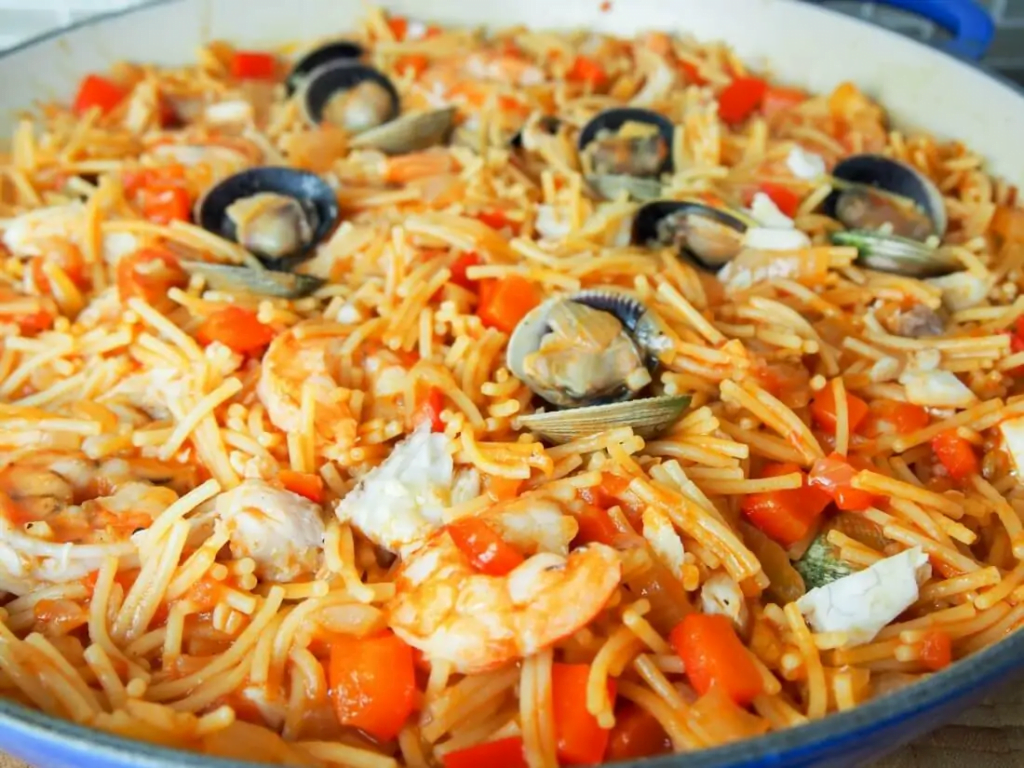
Hailing from the coastal region of Valencia, Fideuà is a close cousin of Paella, but with a twist—instead of rice, it features short noodles, usually cooked in a rich seafood broth.
This dish is a celebration of the bounty of the Mediterranean Sea, showcasing a symphony of flavors from fresh seafood.
Spanish Food – Fideuà – Ingredients
- 2 cups short noodles (fideos)
- 4 cups fish stock
- 1/2 lb shrimp, peeled and deveined
- 1/2 lb squid, cleaned and sliced into rings
- 1/2 lb mussels, cleaned and debearded
- 1/2 cup red bell pepper, diced
- 1/2 cup onion, finely chopped
- 4 cloves garlic, minced
- 1/2 cup dry white wine
- 1/4 cup olive oil
- Salt and pepper to taste
Fideuà – Recipe
- In a paella pan, heat olive oil over medium heat.
- Add onion, garlic, and red bell pepper.
- Sauté until softened.
- Stir in the short noodles and cook until they start to brown.
- Pour in the white wine and allow it to evaporate.
- Add the fish stock and bring to a simmer. Season with salt and pepper.
- Nestle the shrimp, squid, and mussels into the noodles.
- Cover and cook until the seafood is cooked through.
- Serve hot, garnished with fresh parsley.
Spanish Food – Jamón Ibérico – The Crown Jewel of Spanish Cured Meats

No exploration of Spanish cuisine would be complete without mentioning Jamón Ibérico, a world-renowned cured ham that embodies the essence of Spanish culinary craftsmanship.
Produced from free-range Iberian pigs that feast on acorns, this ham undergoes a meticulous curing process, resulting in a delicacy with a complex flavor profile and a melt-in-your-mouth texture.
Jamón Ibérico – Ingredients
- 1 whole Jamón Ibérico leg
Spanish Food – Jamón Ibérico – Recipe
- Purchase a high-quality Jamón Ibérico leg from a reputable source.
- Using a sharp knife, carefully carve thin slices of ham, allowing the rich flavors to unfold.
- Arrange the slices on a platter and serve at room temperature.
Spanish Food – Tortilla Española – The Quintessential Spanish Omelette
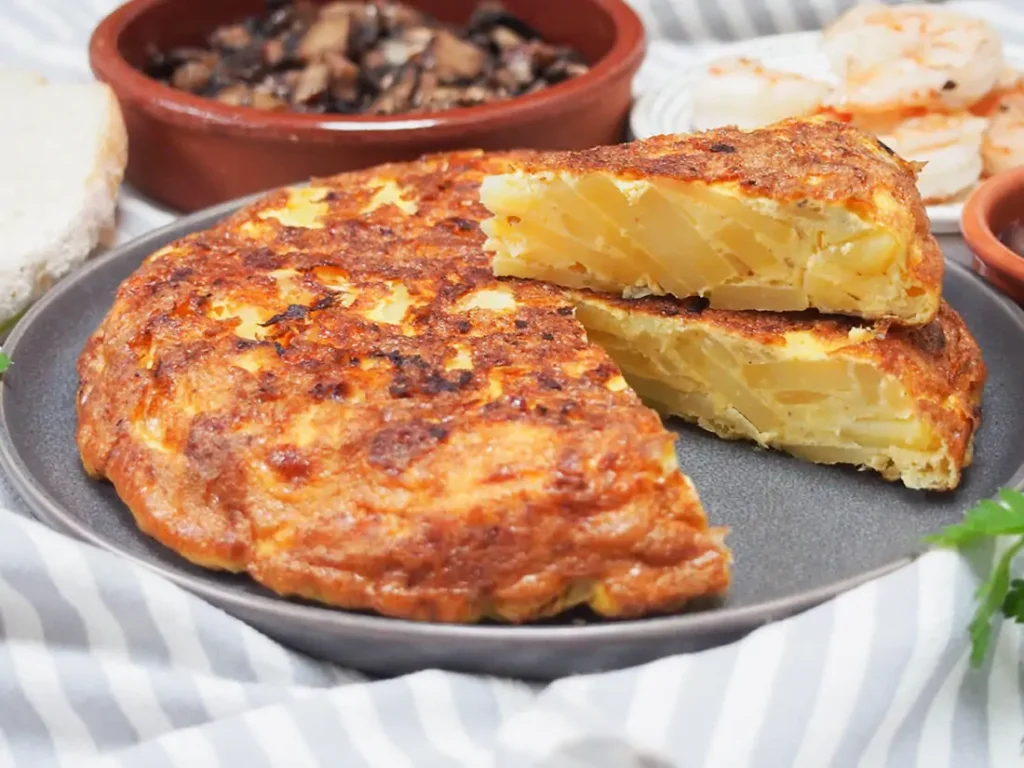
Tortilla Española, also known as Spanish Omelette, is a simple yet satisfying dish that can be enjoyed for breakfast, lunch, or dinner.
Made with eggs, potatoes, and onions, this classic Spanish comfort food is a staple in households across the country.
Tortilla Española – Ingredients
- 6 eggs
- 4 potatoes, peeled and thinly sliced
- 1 onion, finely chopped
- 1 cup olive oil
- Salt and pepper to taste
Spanish Food – Tortilla Española – Recipe
- Heat olive oil in a non-stick skillet over medium heat.
- Add the sliced potatoes and onion.
- Cook until the potatoes are tender but not browned.
- In a bowl, whisk the eggs and season with salt and pepper.
- Drain excess oil from the potatoes and onions.
- Combine them with the beaten eggs.
- Heat a little oil in the skillet and pour in the egg mixture..
- Cook over medium heat until the edges start to set.
- Flip the omelette using a plate and cook the other side until golden.
- Allow the tortilla to cool slightly before slicing.
Spanish Food – Churros – A Sweet Indulgence

Churros, the beloved Spanish fried dough pastries, have become a global sensation. Served hot and crispy, these sweet treats are often enjoyed with a cup of rich chocolate or a dusting of cinnamon sugar.
Spanish Food – Churros – Ingredients
- 1 cup water
- 1/2 cup unsalted butter
- 1 cup all-purpose flour
- 1/4 teaspoon salt
- 3 large eggs
- Vegetable oil, for frying
- Cinnamon sugar, for coating
Churros – Recipe
- In a saucepan, bring water and butter to a boil.
- Stir in flour and salt until the mixture forms a smooth dough.
- Remove from heat and let it cool for a few minutes.
- Beat in the eggs, one at a time, until well combined.
- Heat vegetable oil in a deep fryer or large pot to 375°F (190°C).
- Pipe the churro dough through a star-tipped nozzle into the hot oil, cutting the dough with scissors to the desired length.
- Fry until golden brown, then drain on paper towels.
- Roll the churros in cinnamon sugar while still warm.
Spanish Food – Croquetas – Creamy Bites of Delight
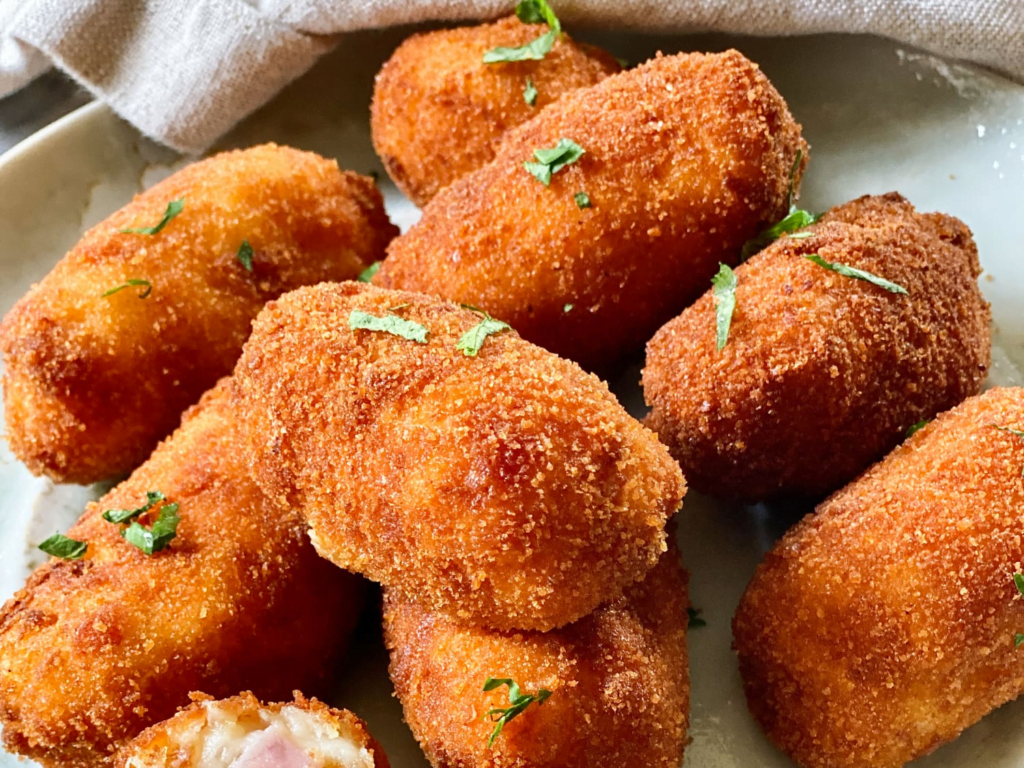
Croquetas are another popular tapas choice, featuring a creamy bechamel filling with a variety of flavorful additions.
These crispy, golden-brown bites can be filled with Jamón, chicken, seafood, or vegetables, creating a diverse array of options to suit every palate.
Croquetas – Ingredients
- 2 cups milk
- 1/4 cup unsalted butter
- 1/4 cup all-purpose flour
- 1/2 cup Jamón, finely chopped
- Salt and nutmeg to taste
- 2 eggs, beaten
- Breadcrumbs, for coating
- Vegetable oil, for frying
Spanish Food – Croquetas – Recipe
- In a saucepan, heat milk until warm but not boiling.
- In a separate pan, melt butter and stir in flour to create a roux.
- Gradually whisk in the warm milk, stirring constantly until the mixture thickens into a smooth bechamel sauce.
- Add chopped Jamón and season with salt and nutmeg.
- Allow the mixture to cool.
- Shape the cooled filling into small cylinders or balls.
- Dip each croqueta in beaten eggs, then coat with breadcrumbs.
- Heat vegetable oil in a pan and fry the croquetas until golden brown.
- Serve hot with your favorite dipping sauce.
Spanish Food – Albóndigas – Spanish Meatballs in Rich Tomato Sauce
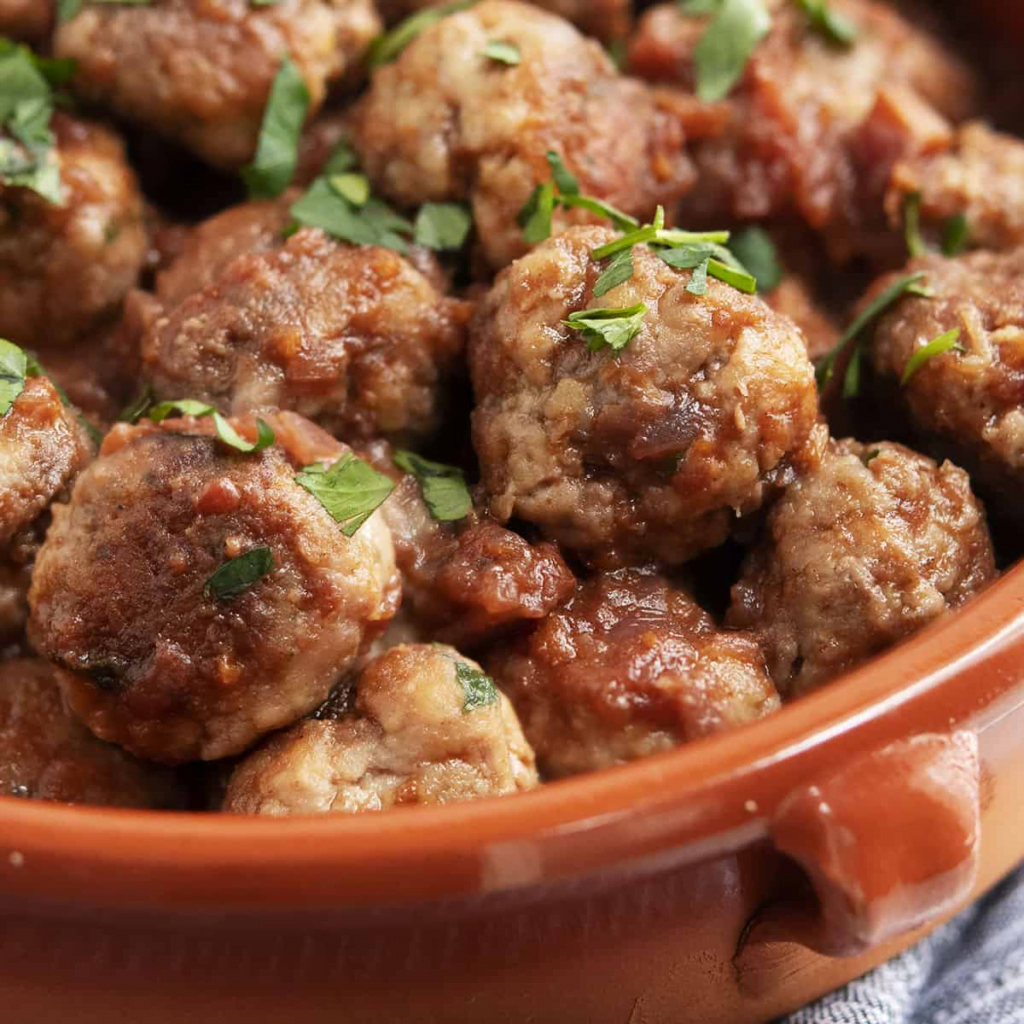
Albóndigas, Spanish meatballs, are a comforting dish found in many Spanish households. These savory meatballs, often made with a mix of ground meats, are simmered in a flavorful tomato-based sauce, creating a hearty and satisfying meal.
Albóndigas – Ingredients
For the meatballs
- 1/2 lb ground beef
- 1/2 lb ground pork
- 1/2 cup breadcrumbs
- 1/4 cup milk
- 1/4 cup finely chopped onion
- 2 cloves garlic, minced
- 1 egg
- Salt and pepper to taste
For the tomato sauce
- 1 can (14 oz) crushed tomatoes
- 1/2 cup chicken broth
- 1/4 cup red wine
- 1 onion, finely chopped
- 2 cloves garlic, minced
- 1 teaspoon dried oregano
- 1 teaspoon smoked paprika
- Salt and pepper to taste
Spanish Food – Albóndigas – Recipe
For the meatballs
- In a bowl, combine ground beef, ground pork, breadcrumbs, milk, chopped onion, minced garlic, egg, salt, and pepper.
- Mix until well combined.
- Shape the mixture into small meatballs and set aside.
For the tomato sauce
- In a pan, sauté chopped onion and minced garlic until softened.
- Add crushed tomatoes, chicken broth, red wine, oregano, smoked paprika, salt, and pepper.
- Simmer for 15 minutes.
- Carefully place the meatballs into the simmering sauce and cook for an additional 20 minutes, until the meatballs are cooked through.
Spanish Food – Migas – A Rustic Bread Crumb Dish

Migas, meaning “crumbs” in Spanish, is a rustic dish that originated as a humble meal for shepherds.
Made with simple ingredients like bread, garlic, and olive oil, Migas have evolved into a versatile and flavorful dish enjoyed throughout Spain.
Migas – Ingredients
- 4 cups stale bread, torn into small pieces
- 1/2 cup olive oil
- 4 cloves garlic, thinly sliced
- 1 red bell pepper, diced
- 1 green bell pepper, diced
- 1 chorizo sausage, sliced
- 4 eggs
- Salt and paprika to taste
Spanish Food – Migas – Recipe
- In a large skillet, heat olive oil over medium heat.
- Add sliced garlic and sauté until golden.
- Add the torn bread pieces to the skillet, stirring to coat them in the garlic-infused oil.
- Push the bread to the sides of the skillet, creating a well in the center.
- Crack the eggs into the well and cook to your desired doneness.
- In the remaining space, add diced red and green bell peppers and sliced chorizo.
- Sauté until the vegetables are tender.
- Mix everything together, season with salt and paprika, and serve hot.
Spanish Food – Bacalao – Salted Cod in Spanish Cuisine

Bacalao, or salted cod, holds a special place in Spanish cuisine, with a history dating back to the time when fresh fish was scarce.
The preservation method of salting and drying cod allowed it to be stored for long periods, becoming a staple in many Spanish dishes.
Bacalao – Ingredients
- 1 lb salted cod, soaked and desalted
- 2 cups flour
- 1 onion, thinly sliced
- 2 cloves garlic, minced
- 1/2 cup olive oil
- 1 cup tomato sauce
- 1/2 cup white wine
- 1 teaspoon paprika
- Fresh parsley, chopped (for garnish)
Spanish Food – Bacalao – Recipe
- Rinse the salted cod under cold water and soak it for at least 24 hours, changing the water several times to remove excess salt.
- Once desalted, shred the cod into small pieces.
- Dredge the cod pieces in flour and shake off any excess.
- In a pan, heat olive oil over medium heat.
- Add sliced onion and minced garlic, sautéing until softened.
- Add the floured cod pieces to the pan and cook until golden brown.
- Pour in white wine and tomato sauce, then sprinkle paprika over the mixture.
- Simmer for 15-20 minutes.
- Garnish with fresh parsley and serve over rice or with crusty bread.
Spanish Food – Fabada Asturiana – A Hearty Asturian Bean Stew

History and Background
Fabada Asturiana hails from the Asturias region in northern Spain, Fabada Asturiana is a hearty and flavorful bean stew. Rooted in Asturian farming and pastoral traditions, Fabada was historically a humble dish prepared by rural communities.
Fabada is a celebrated dish during festivals and gatherings, embodying the communal spirit of Asturian culture.
Fabada Asturiana – Ingredients
- Fabes Asturianas (large white Asturian beans) – the star ingredient, soaked overnight.
- Chorizo Asturiano (Asturian chorizo) – a smoked sausage with paprika and garlic.
- Morcilla (Spanish blood sausage) – adds depth and richness to the stew.
- Lacón (cured ham shoulder) – provides a savory flavor.
- Onion – finely chopped for a flavor base.
- Garlic cloves – minced for aromatic depth.
- Saffron threads – for color and a hint of earthy flavor.
- Sweet paprika – enhances the stew’s color and imparts a mild, smoky taste.
- Chicken or pork broth – the base for the stew, enhancing the meaty flavors.
- Tomatoes – peeled, seeded, and diced.
- Olive oil – for sautéing the tomatoes.
- White wine – adds a touch of acidity.
- Salt and pepper – to taste.
Spanish Food – Fabada Asturiana – Recipe
- Soak the Fabes Asturianas in cold water overnight to soften.
- In a large pot, cook the soaked beans in abundant water until tender.
- Skim off any foam that forms on the surface.
- In a separate pan, sauté finely chopped onion and minced garlic in olive oil until golden.
- Add sweet paprika and saffron, stirring to create a fragrant base.
Tomato Sofrito
- Incorporate peeled, seeded, and diced tomatoes into the pan.
- Pour in white wine and cook until the mixture forms a sofrito (thick sauce).
Meat and Broth
- Add chorizo, morcilla, and lacón to the pot with the beans.
- Pour in chicken or pork broth, ensuring it covers the ingredients.
- Simmer the stew over low heat until the meats are cooked and the flavors meld.
- Season with salt and pepper to taste.
Serve
- Ladle the Fabada into bowls, ensuring a mix of beans, meats, and broth.
- Serve with crusty bread to soak up the savory flavors.
Enjoy
- Embrace the hearty and comforting flavors of Fabada Asturiana, a true taste of Asturian tradition.
Note: Fabada Asturiana is often left to rest before serving, allowing the flavors to further develop.
Spanish Food – Leche Frita: A Sweet Tale from Spanish Dessert Traditions

History and Background
Leche Frita, translating to “Fried Milk,” is a traditional Spanish dessert with a rich history rooted in the country’s culinary heritage. The dish is believed to have Moorish influences, reflecting the diverse cultural exchanges in Spain’s history.
Leche Frita is often enjoyed during festivals, celebrations, and family gatherings, making it a beloved treat in Spanish households.
Spanish Food – Leche Frita – Ingredients
Milk Mixture:
- 2 cups whole milk
- 1 cinnamon stick
- Lemon peel (1 strip)
- 1 cup granulated sugar
- 1 cup cornstarch
Coating and Frying:
- All-purpose flour
- Eggs (2, beaten)
- Breadcrumbs
- Olive oil (for frying)
Garnish:
- Powdered sugar
- Ground cinnamon
Spanish Food – Leche Frita – Recipe
Prepare the Milk Mixture
- In a saucepan, combine whole milk, cinnamon stick, and lemon peel.
- Bring the mixture to a gentle simmer over low heat, allowing the flavors to infuse.
- Add granulated sugar and stir until dissolved.
- Gradually whisk in cornstarch, ensuring no lumps form.
- Continue stirring until the mixture thickens to a custard-like consistency.
- Remove from heat, discard cinnamon stick and lemon peel, and let it cool.
Set and Cut
- Transfer the cooled milk mixture to a square or rectangular dish lined with parchment paper.
- Smooth the surface and refrigerate until the mixture solidifies.
- Once set, cut the solidified milk mixture into squares or rectangles.
Coat and Bread
- Coat each square with all-purpose flour, shaking off excess.
- Dip in beaten eggs, ensuring an even coating.
- Roll the squares in breadcrumbs, covering them thoroughly.
Fry to Golden Perfection
- In a pan, heat olive oil for frying.
- Fry the coated milk squares until golden brown on all sides.
- Place on paper towels to absorb excess oil.
Garnish and Serve
- Sprinkle powdered sugar and ground cinnamon over the fried milk squares.
- Serve Leche Frita warm, allowing the crispy exterior and creamy interior to delight your taste buds.
Enjoy
- Indulge in the sweet and nostalgic flavors of Leche Frita, savoring the combination of textures and the essence of Spanish dessert craftsmanship.
Note: Leche Frita can be enjoyed on its own or paired with a scoop of vanilla ice cream for an extra treat.
Spanish Food – Patatas a la Riojana: A Hearty Taste of La Rioja Tradition

History and Background
Patatas a la Riojana hails from the La Rioja region in northern Spain, known for its rich culinary traditions. The dish showcases the impact of both Spanish and Basque culinary elements, blending flavors unique to the La Rioja area.
Traditionally served during festivals and family gatherings, Patatas a la Riojana reflects the warm, communal spirit of Spanish cuisine.
Patatas a la Riojana Ingredients:
For the Stew:
- 4 large potatoes, peeled and diced
- 2 chorizo sausages, sliced
- 1 large onion, finely chopped
- 3 garlic cloves, minced
- 1 red bell pepper, diced
- 1 can (14 oz) whole peeled tomatoes, crushed
- 1 teaspoon sweet paprika
- 1 teaspoon hot paprika (optional)
- 1 bay leaf
- Salt and pepper to taste
- Olive oil for cooking
Garnish:
- Fresh parsley, chopped
Spanish Food – Patatas a la Riojana Recipe:
- Peel and dice the potatoes into bite-sized pieces.
- In a large pot, heat olive oil over medium heat.
- Add chopped onions and minced garlic, sauté until softened.
- Incorporate the diced red bell pepper, continuing to cook until all the vegetables are tender.
Add Chorizo and Spices
- Introduce sliced chorizo to the pot, letting it release its flavors.
- Sprinkle sweet paprika and hot paprika (if using) over the mixture.
- Season with salt and pepper according to taste.
- Crush the whole peeled tomatoes and add them to the pot.
- Stir well, allowing the ingredients to meld.
Add Potatoes and Bay Leaf
- Toss in the diced potatoes and bay leaf, ensuring they are coated with the flavorful mixture.
Simmer to Perfection
- Pour enough water into the pot to cover the potatoes.
- Simmer over low to medium heat until the potatoes are tender and the stew thickens.
- Taste the stew and adjust salt and pepper if needed.
- If the stew is too thick, add a bit more water.
Serve and Garnish
- Remove the bay leaf.
- Ladle the Patatas a la Riojana into bowls, garnishing with chopped fresh parsley.
Enjoy
Serve this hearty stew piping hot, savoring the blend of chorizo-infused richness and the comforting texture of potatoes.
Note: Patatas a la Riojana is often enjoyed with a side of crusty bread, enhancing the experience of soaking up the flavorful broth.
Spanish Food – Gazpacho: A Refreshing Spanish Culinary Classic
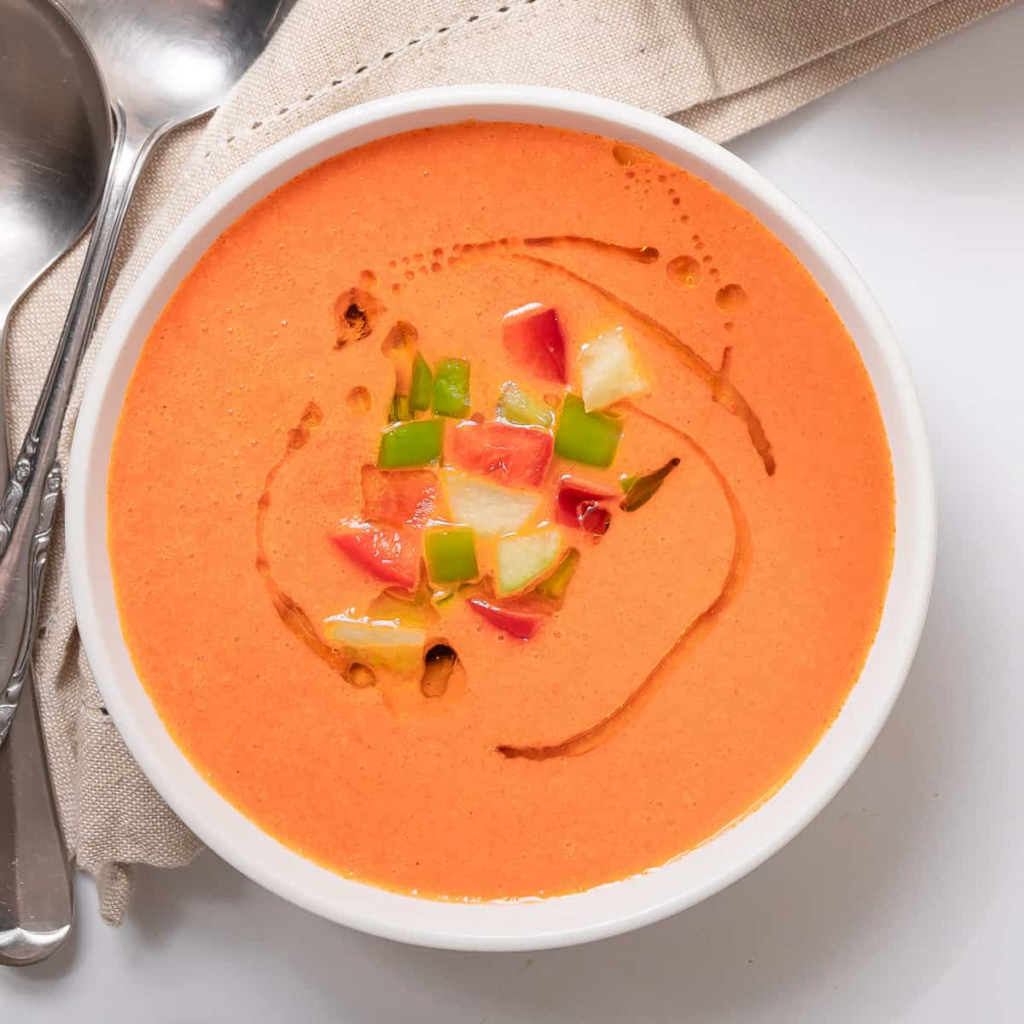
History and Background
Gazpacho originated in the Andalusian region of southern Spain and has deep roots in Spanish culinary traditions. It is believed to have Moorish influences, the dish traces its origins back to the time when Spain was under Islamic rule.
It was originally a peasant dish, Gazpacho served as a way to make use of available ingredients, especially during hot summers.
Spanish Food – Gazpacho: Ingredients
For the Gazpacho
- 6 ripe tomatoes, chopped
- 1 cucumber, peeled and chopped
- 1 bell pepper (green or red), chopped
- 1 small red onion, chopped
- 2 cloves garlic, minced
- 4 cups tomato juice
- 1/4 cup red wine vinegar
- 1/4 cup olive oil
- Salt and pepper to taste
- 1 teaspoon sugar (optional, to balance acidity)
For Garnish
- Croutons
- Diced cucumber, tomatoes, and bell pepper
- Fresh basil or parsley, chopped
Spanish Food – Gazpacho: Recipe
- Wash and chop tomatoes, cucumber, bell pepper, and red onion.
- In a blender, combine chopped tomatoes, cucumber, bell pepper, red onion, and minced garlic.
- Blend until smooth.
- Pour the tomato juice into the blender, continuing to blend until well combined.
- Add red wine vinegar and olive oil to the mixture.
- Season with salt and pepper according to taste.
- Add sugar if desired to balance acidity.
Refrigerate
- Transfer the Gazpacho to a large bowl and refrigerate for at least 2 hours, allowing the flavors to meld.
Serve Chilled
- Stir the Gazpacho before serving to ensure a consistent texture.
- Ladle the chilled Gazpacho into bowls.
- Garnish each serving with croutons, diced cucumber, tomatoes, bell pepper, and chopped fresh basil or parsley.
Enjoy the Refreshing Flavor
- Gazpacho is best enjoyed cold, making it a perfect dish for warm summer days.
- Serve as a refreshing appetizer or light meal.
Note: Gazpacho offers a delightful burst of fresh flavors, and its versatility allows for adjustments to suit personal taste preferences.
Spain’s History and Its Influence on Cuisine
Spain’s history is very rich and diverse, as it has been influenced by many different cultures and events over the centuries. Here is a brief summary of some of the main historical periods and their impact on the Spanish cuisine:
The Ancient Period (8th century BC – 5th century AD)

Spain was colonized by various peoples from the Mediterranean, such as the Phoenicians, the Greeks, the Carthaginians, and the Romans. They introduced crops such as grapes, olives, wheat, and barley, and products such as wine, olive oil, bread, and cheese.
They also brought spices, herbs, and sauces from their regions.
The Middle Ages (5th century – 15th century)

Spain was invaded by the Germanic tribes, such as the Visigoths and the Suebi, who adopted some of the Roman customs and foods. Spain was also conquered by the Muslims, who established the Al-Andalus civilization in most of the peninsula.
They brought new crops such as rice, sugar cane, citrus fruits, eggplant, spinach, and saffron, and new techniques such as irrigation and preservation. They also influenced the Spanish cuisine with their use of spices, nuts, fruits, and sweets.
The Early Modern Period (15th century – 18th century)

The country became a powerful and influential empire, thanks to the union of the crowns of Castile and Aragon, the completion of the Reconquista, and the discovery and colonization of the Americas.
It imported many new foods from the New World, such as potatoes, tomatoes, corn, beans, peppers, chocolate, and vanilla.
Spain also traded with other regions, such as Asia, Africa, and Europe, and incorporated their ingredients and dishes into its cuisine.
The Modern Period (19th century – present)
Spain experienced many political and social changes, such as
- The Napoleonic invasion
- Independence of its colonies
- The civil war
- Dictatorship
- The transition to democracy.
The country also underwent a process of industrialization, urbanization, and globalization, which affected its food production and consumption.
Spain developed a diverse and regional cuisine, with specialties such as paella, gazpacho, tortilla, jamón, tapas, and pinchos. Spain also became a leader in gastronomic innovation, with chefs such as Ferran Adrià, Juan Mari Arzak, and José Andrés.
References
- History of Spain – Wikipedia
- Spain | History, Map, Flag, Population, Currency, Climate, & Facts
- Spanish cuisine – Wikipedia
- HISTORY OF SPANISH CUISINE ORIGINS – Culinary Spain in English.
- Exploring The Influences Of Spanish Cuisine: A Journey Through History.
- Exploring The Amazing Dishes That The Spanish Invented: A Look At.
- History of Spanish Food – Spanish Culture – Enforex
- Spain profile – Timeline – BBC News
How Spain’s Climate and Geography Influence Spanish Cuisine
Spain’s climate and geography have a significant influence on its cuisine, as they determine the availability and variety of ingredients, as well as the cooking methods and traditions of each region. Here are some examples of how Spain’s climate and geography influence its cuisine:
Spain has Water on Three Sides

Spain is surrounded by water on three sides, which means that seafood is abundant and diverse. Seafood is a staple of Spanish cuisine, especially in coastal regions such as Galicia, Asturias, Cantabria, Basque Country, Catalonia, Valencia, and Andalusia.
The Andalusian tradition of Gazpacho, served cold, becomes a refreshing delight in the sweltering Seville summer.
Some of the most popular seafood dishes include paella, zarzuela, marmitako, pulpo a la gallega, and espetos.
Spain’s Climate
Spain has a wide range of climates, from the hot and dry south to the cold and wet north. This affects the types of crops that can be grown and the animals that can be raised. For example, in the south, olive trees, citrus fruits, grapes, and almonds thrive, while in the north, apples, pears, cherries, and chestnuts are more common.
Similarly, in the south, pork, lamb, and goat are the main sources of meat, while in the north, beef, veal, and poultry are more prevalent.
Spain’s Geography

Spain has a diverse and mountainous terrain, which creates different microclimates and ecosystems. This leads to the development of regional specialties and cuisines, based on the local products and traditions.
For example, in the Pyrenees, the cuisine is influenced by the neighboring France, and features dishes such as chilindrones, cassoulet, and duck confit.
In the Canary Islands, the cuisine is influenced by the African and Latin American cultures, and features dishes such as mojo, papas arrugadas, and sancocho
The Valencian paella, enriched by the saffron-infused rice, mirrors the agricultural richness of the region.
The fiery Pimientos de Padrón finds its origin in the lush, rainy northwest of Galicia.
Understanding Spain’s diverse geography provides insight into the regional variations that make Spanish cuisine a tapestry of flavors.
Understanding the Essence of Spanish Cuisine
At the heart of Spanish cuisine lies a profound connection to tradition and simplicity. The essence of Spanish cooking is deeply rooted in a legacy of resourcefulness and an intimate relationship with the land.
Staples like Jamón, with its salty, acorn-laden taste, epitomize the simplicity and value deeply ingrained in Spanish culinary philosophy. The humble Tortilla, adorned with potatoes and eggs, reflects a commitment to tradition.
Spaniards savor the simplicity of Migas, a dish born out of necessity, now finding its place on upscale restaurant menus.
Spanish Culinary Traditions
Spaniards take pride in their culinary traditions, passed down through generations. From the communal enjoyment of tapas to the elaborate preparation of Fideuà in a paella dish, traditions shape the Spanish dining experience.
Albondigas, served across the country, showcase the artistry of meatballs. Fabada, a one-pot feast from Asturias, reflects regional diversity. As patrons indulge in Churros, a beloved street food, they partake in a tradition woven into the fabric of Spanish festivities.
Understanding and preserving these traditions is key to appreciating the depth and authenticity of Spanish cuisine.
Health Implications of Spanish Cuisine
Spanish cuisine is a varied and delicious culinary tradition that reflects the country’s history, culture, and geography. It has both positive and negative health implications, depending on the type and amount of food consumed.
Some of the potential benefits of Spanish cuisine
- The diet is rich in omega-3 fatty acids from fish and seafood, which can lower the risk of cardiovascular disease, inflammation, and cognitive decline.
- It includes a variety of whole grains, such as bread, rice, and pasta, which can provide fiber, antioxidants, and phytochemicals that can improve digestion, blood sugar control, and cholesterol levels.
- The cuisine incorporates a lot of fruits and vegetables, especially tomatoes, peppers, onions, garlic, and citrus fruits, which can supply vitamins, minerals, and phytochemicals that can boost immunity, prevent infections, and protect against chronic diseases.
- It follows the principles of the Mediterranean diet, a dietary pattern that emphasizes local, natural, and seasonal produce, and has been shown to have beneficial effects on weight management, blood pressure, blood lipids, and inflammation.
Some of the potential drawbacks of Spanish cuisine
- It is high in saturated fat from olive oil, cheese, and cured meats, such as jamón, chorizo, and salchichón, which can increase the risk of cardiovascular disease, obesity, and diabetes.
- It contains a lot of salt from cured and smoked meats, fish, and cheese, as well as from adding salt to dishes, which can raise blood pressure, damage the kidneys, and increase the risk of stroke and heart failure.
- It involves a lot of sugar from desserts, pastries, candies, and drinks, such as flan, churros, turrones, and horchata, which can contribute to dental caries, obesity, diabetes, and metabolic syndrome.
- It may lack some essential nutrients, such as calcium, iron, and folate, due to the limited intake of dairy products, eggs, meat, and green leafy vegetables.
References
- Omega-3 Fatty Acids | The Nutrition Source | Harvard T.H. Chan School of Public Health
- Omega-3 Fatty Acids: An Essential Contribution | The Nutrition Source | Harvard T.H. Chan School of Public Health
- Whole Grains | The Nutrition Source | Harvard T.H. Chan School of Public Health
- Health benefits of whole grains | The Whole Grains Council
- Fruits and Vegetables | The Nutrition Source | Harvard T.H. Chan School of Public Health
What is Spain’s National Dish?
Spain’s National Dish is none other than Paella. Originating from Valencia, Paella represents a culinary symphony, with saffron-infused rice, rabbit, and chicken or seafood, creating a harmonious blend of flavors.
Served traditionally at lunchtime, this iconic dish encapsulates the spirit of communal dining and embodies the cultural significance of sharing a meal with loved ones.
Exploring Spanish Ingredients: The Flavors of Spanish Cuisine
Spanish cuisine’s vibrant flavors are a result of its diverse and high-quality ingredients. Jamón, whether Serrano or Iberico, showcases the art of curing ham to perfection.
Pimientos de Padrón, fried in olive oil and sprinkled with salt, exemplify the simplicity that lets natural flavors shine. The aromatic saffron in Paella and the robust garlic in Gazpacho highlight the importance of staple ingredients.
Exploring the unique components that define Spanish dishes offers a sensory journey through the gastronomic wonders of this culinary haven.
Conclusion
Spanish cuisine is a tapestry of flavors, colors, and traditions that reflects the rich history, diverse geography, and culinary excellence of the country. From the iconic Paella to the beloved Churros, each dish tells a story of Spain’s vibrant culture and the deep connection its people have with their culinary heritage.
The influence of history, climate, and geography is evident in every bite, creating a gastronomic journey that spans regions and generations.
FAQs
What makes Paella the quintessential Spanish dish?
Paella, with its saffron-infused rice and a medley of meats or seafood, embodies the communal spirit of Spain. Originating from Valencia, it is a culinary symphony that represents the cultural significance of sharing a meal with loved ones.
How do Spain’s climate and geography influence its diverse cuisine?
Spain’s varied climate and geography contribute to a rich tapestry of ingredients. From the fertile soils of Valencia to the seafood abundance of coastal regions, the country’s diverse landscapes shape the flavors and regional variations in Spanish cuisine.
What is the essence of Spanish cuisine?
The essence of Spanish cuisine lies in tradition and simplicity. Staples like Jamón and Tortilla reflect a commitment to natural flavors and a deep connection to the land. The simplicity of dishes like Migas showcases the resourcefulness inherent in Spanish culinary philosophy.
How do Spaniards preserve culinary traditions
Culinary traditions are preserved through generations, from the communal enjoyment of tapas to the elaborate preparation of regional dishes like Fideuà. Spaniards take pride in the artistry of meatballs (Albondigas) and celebrate one-pot feasts like Fabada, ensuring that these traditions endure.
What are the health implications of Spanish cuisine?
The Mediterranean diet, prevalent in Spain, emphasizes olive oil, fresh produce, and lean proteins, contributing to the health and longevity of the population. Dishes like Gazpacho, rich in antioxidants, align with modern dietary recommendations.
What is Spain’s National Dish?
Paella is considered the quintessential Spanish national dish. With its origins in Valencia, it represents a harmonious blend of saffron-infused rice, rabbit, chicken, or seafood, symbolizing communal dining and cultural significance.
What makes Spanish ingredients unique?
Spanish cuisine’s vibrant flavors are shaped by unique and high-quality ingredients. Jamón, Pimientos de Padrón, saffron in Paella, and robust garlic in Gazpacho showcase the artistry and importance of staple components in defining the sensory journey of Spanish gastronomy.

